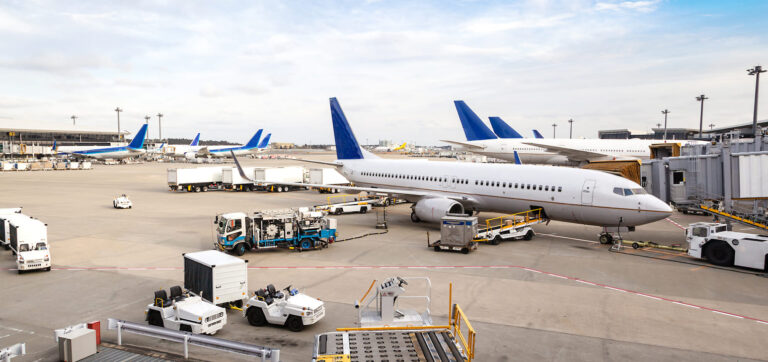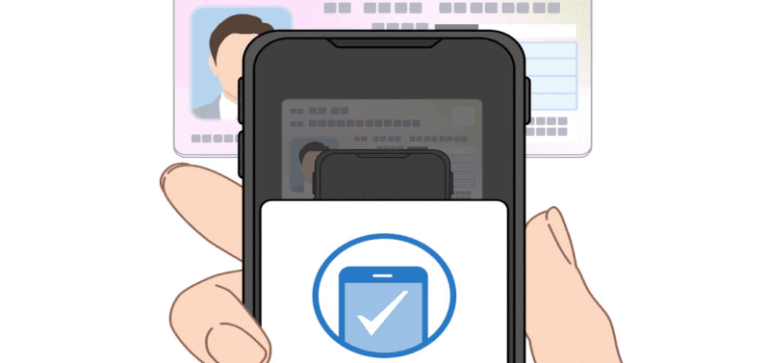With the increasing demand for a seamless digital experience in all areas of everyday life, air travel apps have become essential for airlines and travel enthusiasts.
This comprehensive guide will walk you through the step-by-step process of creating an air travel app with advanced features that benefit travelers and employees alike.
Step 1: Defining the app’s features
Before beginning development, it’s crucial to clearly define the purpose your air travel app should serve – and the features it should, therefore, include. Identify your target audience and tailor the app to meet their specific needs.
In addition to the basics like flight booking and itinerary management, consider implementing innovative functions such as a scanning feature for ID documents. Modern mobile technology enables a broad palette of benefits.
Step 2: Choosing the right development platform
Selecting an appropriate development platform is a crucial decision, as it will affect the app’s performance and accessibility. Whether you choose native development for iOS and Android or cross-platform solutions like React Native or Flutter, ensure the platform aligns with your development goals and target audience. You can find a detailed comparison of both development approaches here.
Step 3: User-friendly interface and design
Creating a visually appealing and user-friendly interface is essential. For this, you will need to consider the app user’s entire journey – from booking a flight to reaching their destination. Intuitive navigation, clear calls-to-action, and a responsive design that adapts to various screen sizes contribute significantly to user satisfaction and overall engagement.
Step 4: Implementing secure user authentication
Air travel apps handle sensitive information such as personal details, the booking history, and payment credentials. This makes security a paramount concern: Developers must implement robust user authentication to safeguard this data. They can further strengthen security by using modern encryption protocols and offering multi-factor authentication.
Step 5: Integration of a flight booking system
Incorporate a reliable flight booking system into your app. At a minimum, it must allow users to seamlessly search, compare, and book flights. This system should also include real-time updates on flight availability, prices, and schedules. To create a seamless experience, a user-friendly booking interface is crucial: It should be easy for users to see clear information about baggage policies, seat selections, and other relevant details.
Step 6: MRZ Scanning for online check-in
You can streamline check-in by incorporating an MRZ Scanning functionality into your app. A scanning feature allows users to submit all relevant documents from ID documents for check-in before arriving at the airport, and so to avoid long waiting lines. Apart from enhancing efficiency, this also contributes to a contactless and hygienic check-in process, aligning with current health and safety standards.
Step 7: Push notifications for updates
Integrating push notification functionality lets you keep users informed about their flights, gate changes, and essential updates. This feature ensures that travelers receive important information in real-time, reducing the chances of missed flights or confusion during their journey.
Step 8: Seamless integration with payment gateways
Secure and seamless payment gateways are required to ensure smooth transactions within the app. Airlines should offer various payment options, including credit/debit cards, digital wallets, and other popular methods. This ensures convenience for users across different regions.
Step 9: Testing and quality assurance
Before launching your air travel app, conduct thorough testing to identify and rectify any bugs, glitches, and performance issues. Test the app on various devices and simulate different user scenarios to ensure a smooth and reliable user experience.
Conclusion
Building an air travel app with advanced features – such as mobile barcode scanning for boarding passes and ID card scanning for online check-in – requires careful planning and execution.
By following this step-by-step guide, you can create an innovative and user-friendly app that not only simplifies the travel experience but also sets itself apart in the competitive landscape of air travel technology. Embrace the future of travel by incorporating these advanced features into your app, laying the groundwork for a seamless and enjoyable journey from booking to touchdown.
Would you like to try the Scanbot SDK’s features in your project? We offer a free 7-day trial licence. You can also contact our solution experts, who look forward to helping you find the best approach for your individual use case.



